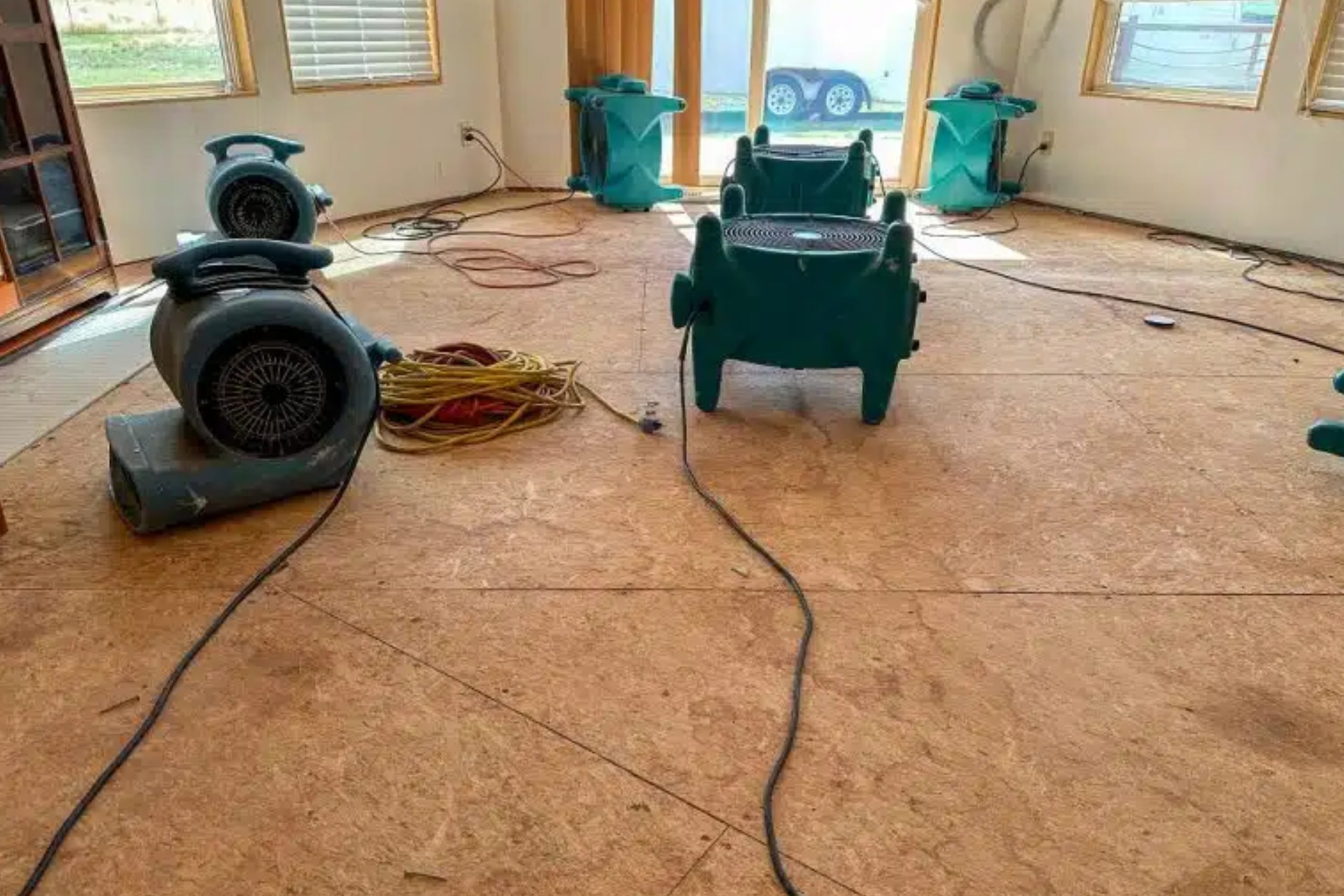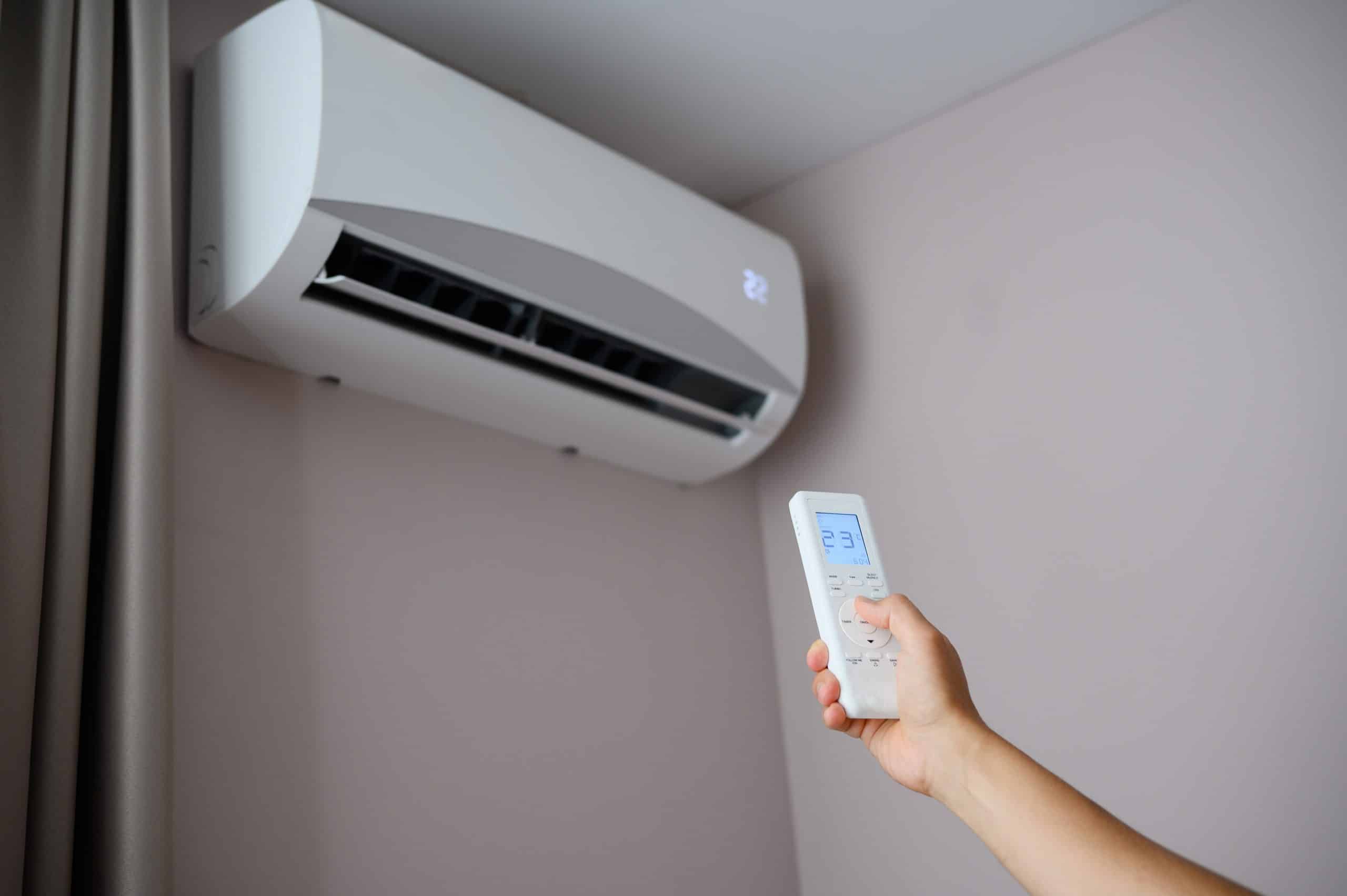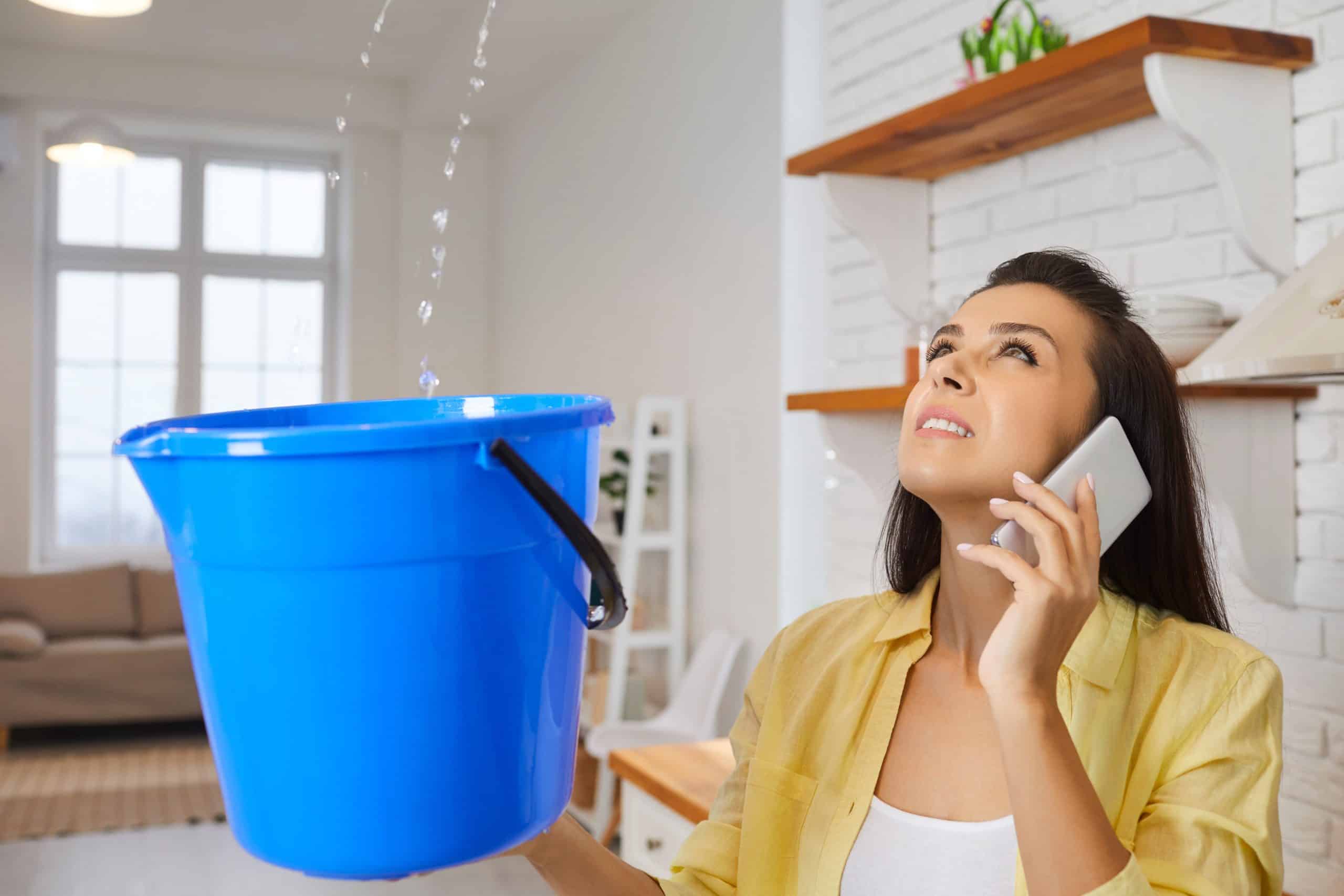Fact: Properly restored floors and furniture recover up to 90% of their original beauty and…
Clean Up and Restore your Water-damaged Home
Water damage can often occur unexpectedly. Common reasons may include a leaking pipe that explodes and floods your basement or a dishwasher that suddenly bursts and pours water on your kitchen floor. A house’s structure may sustain water damage from a spring storm that pushes through a leaky roof.
Water damage is classified into three types based on cleanliness and requirement scale.
1. White Water Damage
This type of damage has the slightest contamination. The clarity of the water can be seen; it is easier to clean and poses little to no health risks. While cleaning white water, the risk of mold generation is also at its lowest.
2. Grey Water Damage
This kind of water may appear straightforward, yet it may be contaminated in a dangerous way. It is frequently caused by plumbing errors or pipe backups. It must be completely cleansed to eliminate any possibility of dangerous compounds forming.
3. Black Water Damage
This is the most severe type of damage brought on by a sewage backup or flood. Black water damage is difficult to clean and contains dangerous bacteria and harsh chemicals that pose a serious risk to health.
This type of damage calls for a comprehensive cleaning process that may even need discarding a few significantly damaged items due to the increased risk of mold growth and severe contamination.
Water restoration and mitigation services may be required in a variety of circumstances.
Water Damage Mitigation
Preventing further water damage by removing standing water or drying it up is referred to as water mitigation. The following steps can be followed to implement proper mitigation:
- Removal of damaged furniture and materials, including drywall and flooring.
- Cleaning and disinfection of the saved materials.
- Assurance of a stable house structure
- Extraction of water and drying out the house with commercial-grade equipment.
- Protection of the house by boarding up windows, applying covers, and taking other necessary precautions.
Water damage mitigation services are intended to prevent any further effects from the disaster rather than to replace or repair damaged goods. Even though the water mitigation procedure might stop more harm from happening, the service is frequently just a temporary fix.
Water Damage Restoration Process
The following six-step procedure can be followed to ensure a fully clean environment:
Step 1: Water extraction is the first step in cleaning water from surfaces and avoiding standing water, which results in unhealthy chemicals.
Step 2: Clear out junk, especially from furniture, carpets, etc., where dirt may seem to stay, or remove those items if cleaning doesn’t seem possible.
Step 3: Clean and disinfect the environment to avoid mold growth. This is necessary because mold may reside in spaces with intricate structures or moisture, such as carpets and furniture.
Step 4: Deodorize and dry the affected material. As mentioned earlier, a moist surface may be exposed to extreme dirt and harmful substances.
Step 5: Clean up further by removing difficult items that can cause illnesses if left untreated.
Step 6: Document the entire process so it is understandable for the next time and any improvements can be made.
Mitigation and Restoration: The Difference
Water restoration services will always come after water mitigation services, if necessary. Water mitigation services aim to remove dangers to your property and possessions while preventing additional damage from occurring.
On the other hand, water restoration services are meant to fix any damage that water has already caused to your property. To recover a home after water damage, most professional restoration businesses will use both water mitigation and restoration services. However, they can be done independently.



